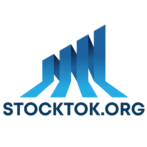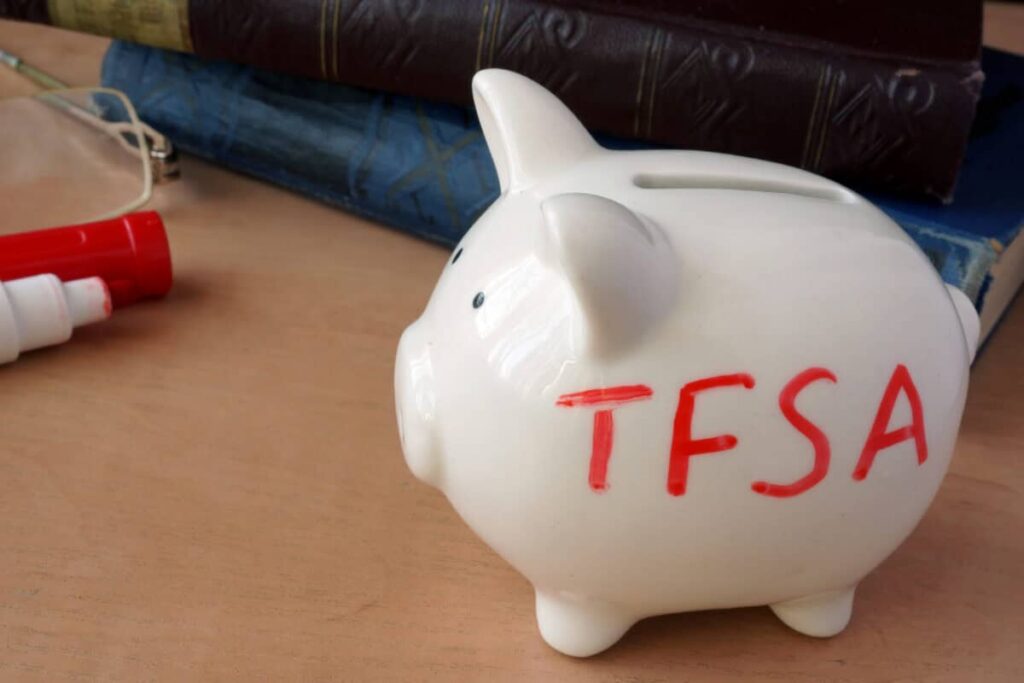If you’re aiming for consistent monthly income from your Tax-Free Savings Account (TFSA), structuring it carefully can make a big difference. With $14,000 to work with, I’d build a simple yet reliable portfolio of Canadian stocks and exchange-traded funds (ETF) that are known for steady monthly payouts. This approach isn’t about chasing risky yields, it’s about building a dependable stream of tax-free cash flow that can support your financial goals now and in the future.
The ETFs
First up, I’d allocate a portion of the $14,000 to the iShares Canadian Financial Monthly Income ETF (TSX:FIE). It’s one of the oldest and most stable income ETFs out there, focused on Canada’s biggest financial institutions. FIE holds a blend of common shares, preferred shares, bonds, and trusts, all related to banks, insurers, and asset managers. It currently trades around $8.22 and has a yield near 5.9% as of writing. For income investors, this ETF is a foundational piece. The financial sector tends to stay strong through economic cycles, and since it pays monthly, it helps smooth out income.
Next, I’d add some growth and diversification with the Harvest Diversified Monthly Income ETF (TSX:HDIF). This ETF takes a different approach. It holds a group of covered call ETFs that invest in sectors like tech, healthcare, utilities, and big U.S. dividend stocks. That makes it a handy one-stop shop for high income and global exposure. It’s also generous when it comes to distributions. As of writing, it yields a whopping 11.1% and trades around $8.03. While the yield is higher because of the covered call strategy, the monthly payout has remained consistent, and it adds a little more firepower to your TFSA income.
Strong stocks
Then I’d shift to individual stocks, starting with Freehold Royalties (TSX:FRU). It’s a unique energy stock that doesn’t operate wells or manage rigs; it simply collects royalty payments from oil and gas producers that use its land. This means it benefits from rising energy prices without the direct risk of operating in volatile markets. As of writing, FRU is yielding around 9.5% and pays monthly. That kind of income is tough to ignore, especially when the business model is relatively low risk. FRU is also well diversified geographically, with assets across Western Canada and parts of the U.S.
Finally, I’d round things out with First National Financial (TSX:FN), one of Canada’s largest non-bank mortgage lenders. FN underwrites residential and commercial mortgages and has a solid history of profitability and dividend payments. It pays monthly and is currently yielding around 6.7%. The Canadian housing market may face its share of pressure, especially with higher interest rates, but First National has managed to grow through many cycles. It doesn’t take on a lot of risky debt itself, acting more like an originator and servicer.
Foolish takeaway
Altogether, a mix of $4,000 in FIE, $4,000 in HDIF, $3,000 in FRU, and $3,000 in FN gives me monthly income from a range of sources. With yields ranging from 5.9% to over 11%, you could expect strong passive income annually, tax-free, assuming dividends stay steady. That’s like getting a small monthly paycheque without lifting a finger.
Of course, income investing always carries some risks. Payouts can fluctuate, especially in tougher economic conditions. But by focusing on quality payers with a record of consistency, you can build a TFSA portfolio that does the job month after month. Just remember to review your holdings once or twice a year, reinvest when needed, and keep an eye out for changes in dividend policies.
The beauty of this setup is its simplicity. You don’t need to constantly trade or time the market. With these four positions, you’ve got exposure to several key areas of the Canadian economy plus international diversification, all wrapped up in a tax-free account. For someone looking to turn $14,000 into a dependable monthly income stream, this is exactly how I’d do it.

